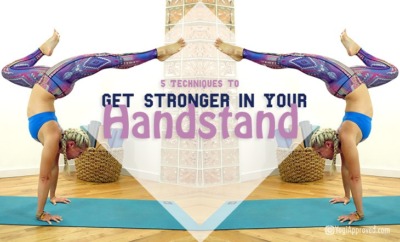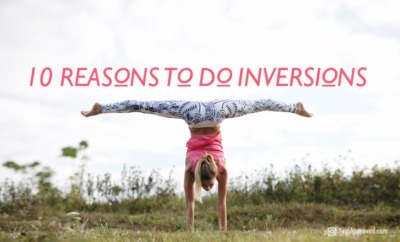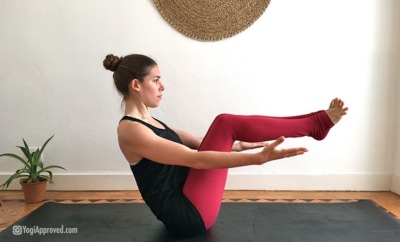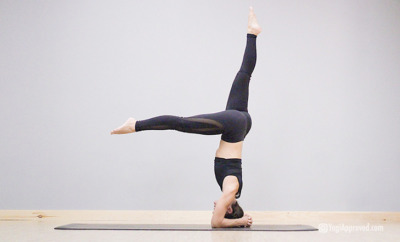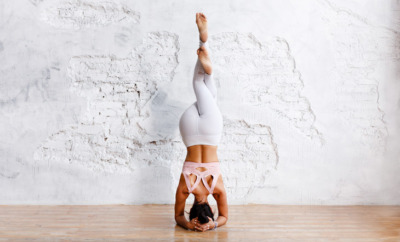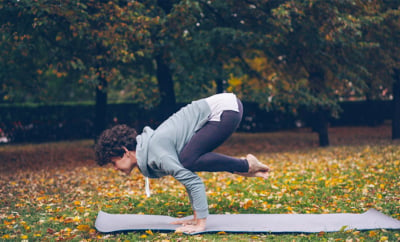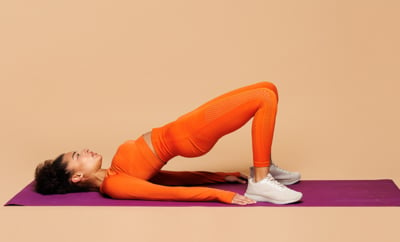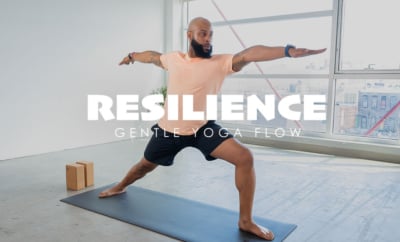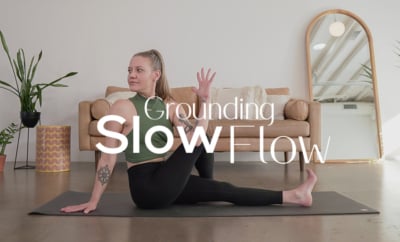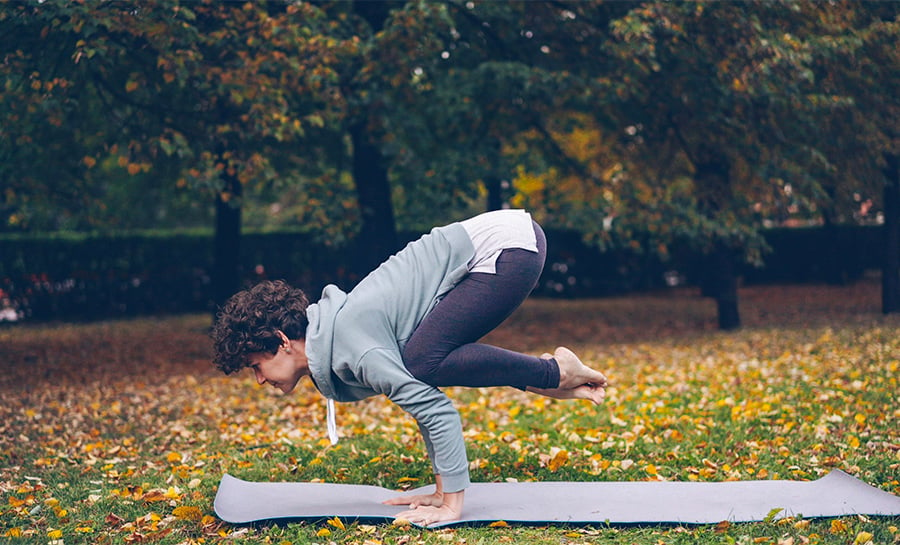Practice These 4 Yoga Poses to Prepare for Forearm Stand

prepare you for forearm stand
Are you interested in adding Forearm Stand (Pincha Mayurasana) to your yoga practice but not sure where to begin? Not only is Forearm Stand a beautiful and impressive asana – Forearm Stand has great benefits to your mind and body too.
Adding inversions like Forearm Stand to your yoga practice can help increase brain function and memory, create a sense of balance and grounding, stimulate the endocrine system, and strengthen your arms and shoulders.
The key to a strong Forearm Stand? Gaining control over your body and letting go of fear.
To achieve your Forearm Stand goals, properly preparing your body and mind is essential. Practicing the following yoga poses will help you increase body awareness and body control, create more stability, and conquer fear in your Forearm Stand practice.
Here are 4 yoga poses to prepare you for Forearm Stand:
1. Forearm Plank
Forearm Plank is an excellent pose to strengthen your arms, shoulders and core. Adding Forearm Plank to your regular yoga practice will help you gain the strength needed to hold Forearm Stand.

Let’s try it:
- From a Table Top position, place your forearms on the mat with your fingers pointing forward
- Straighten your legs to come in a Plank position on your forearms
- Direct your gaze down between your forearms
- Hold and breathe steadily for 30 seconds to 1 minute
- Release to Childs Pose for a few breaths then repeat
Alignment tips:
- Keep your shoulders stacked above your elbows
- Push your shoulders away from your ears, and don’t allow your chest drop toward the ground
- Focus on engaging your core – don’t allow your belly or hips to drop toward the ground
2. Dolphin Pose
Dolphin Pose is an excellent yoga pose to feel the weight shifting to your forearms and hands. If you consistently practice Dolphin Pose, you will strengthen your core muscles and create muscle memory to prepare yourself to balance this way upside down.

Let’s try it:
- Begin in Forearm Plank
- Slowly walk the feet closer towards your elbows and allow your hips to lift
- Keep your shoulders stacked above your elbows
- Release your head and neck, and gaze toward your feet
- Shift your weight slightly from your feet to your forearms and hands
Alignment tips:
- Spread your fingers wide and press your fingertips into the mat
- If you have tight shoulders, interlace your fingertips for more comfort and stability
- Continue to push your forearms into the mat and press your shoulders away from your ears
- If your hamstrings are tight, keep a slight bend in the knees
3. One-Legged Dolphin Pose
One-legged Dolphin Pose increases your body awareness and teaches you how to depend more on your upper body and forearms for balance. Lifting one leg adds more weight into the shoulders and arms and gives you an idea of how it will feel in a full Forearm Stand.

Let’s try it:
- From Dolphin Pose, lift your right leg straight up to the ceiling without opening the hip
- Continue to press your forearms and hands firmly into the mat
- Keep your core engaged so your leg remains lifted with control, and you’re not arching into your lower back
- Hold for at least 30 seconds, and then change sides
Alignment tips:
- Come as high as possible onto the toes of your standing foot to bring more weight into the shoulders
- Be sure your shoulders stay strong with the added weight. Continue to press your shoulders away from your ears
4. Forearm Stand with Knee-to-Chest Variation
When you feel strong practicing the Forearm Plank and the Dolphin Pose variations, it’s time to shift your weight completely to your forearms and hands. The knee-to-chest variation allows you to stack your hips over your shoulders and become more comfortable with the weight shift and balance.

Let’s try it:
- From one-legged Dolphin Pose, bend your standing leg and gently kick the lifted leg to stack over your hips
- The bent knee will stay hugging close to your chest
- Actively engage your core and shoulders to keep your body stabil
- Practice a few times, then switch to the other side
Alignment tips:
- If you do not immediately find balance, no worries! Keep working to stack your elbows, shoulders and hips to find the most stability
- Keep your legs engaged and squeeze your muscles into the midline
- Continue to press the forearms into the mat and the shoulders away from the ears
Now you’re ready
Forearm Stand
Ready to go for it? If and when you can hold the knee-to-chest variation, you are a small step away from coming into the full variation of Forearm Stand.

Let’s try it:
- Find your steady knee-to-chest variation and then engage the legs and core as you slowly extend the bent leg to meet the straight leg
- Point or flex your toes to keep them active and keep pressing in your forearms
- Keep your core engaged for stability and to protect your lower back
- Hold for a few breaths or as long as you can, and repeat when ready
Alignment tips:
- Visualize your elbows, shoulders and hips stacked directly over each other in alignment
- Firmly press the heel of your hands and your fingertips into the mat to help with balance
Inversions are a great addition to your yoga practice when you are ready to include them. Be sure to take the proper steps needed to prepare the mind and body for going upside down. Practicing inversions is never about mastering a pose – instead, it is about the connection to your body and learning from the journey.
Want to grow your handstand practice? Check out the YouAligned Learning to Handstand Program
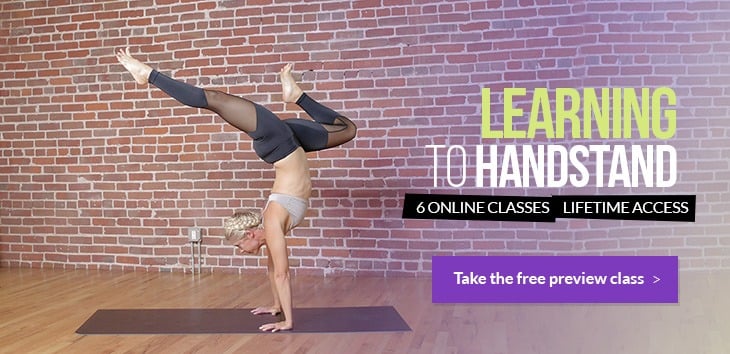


This Month's Letter
From the Editor
Monthly motivation and food for
thought from our founder.



